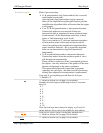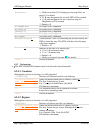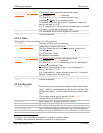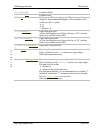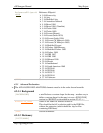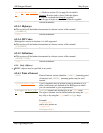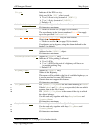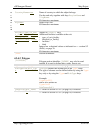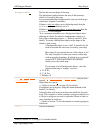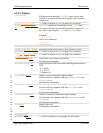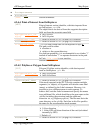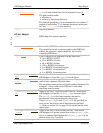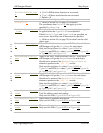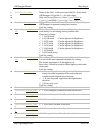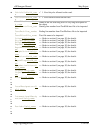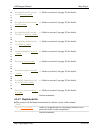
cGPSmapper Manual Map Project
http://cgpsmapper.com/ 21 of 100
Background=x
Declare the custom shape of the map.
The background object defines the area of the basemap
which is covered by this map.
It is recommended that background be only used with maps
which have irregular boundaries.
If there is only one object set as the background, then the
EndLevel is automatically set to 9.
If there is no background object, or more than one, then the
EndLevel is not changed.
''It is a common mistake to use a background object when
defining an island. An island is implemented simply as a
hole in the containing polygon. Refer to section 7.6 for
details. To create a background object in the shape of the
island is quite wrong.
A background object is not a 'land'. It should only be
used to describe the total area covered by your map.
Most maps do not require the use of this object at all!
The only exception is when you want to create map
with an irregular boundary. In which case you should
create ONLY ONE BACKGROUND OBJECT
which covers the whole map.
If you create a lot of background objects - don't be
surprised that map is 'strange', slow etc...
N No
Y Yes
Default = N
Data#=(lat1,lon1),
(lat2,lon2)...
Origin#=(lat1,lon1),(lat2,lon2) may be used
instead.
Object data for layer #.
Refer to section 4.4 (on page 39) for details.
Coordinates are in degrees, using the datum defined in the
header
6
(or default).
Normally there will be no more than one data# line for each
level. The exception is when creating a polygon with holes in
it. Holes in polygons are used to represent islands in lakes or
seas, clearings in woods etc.
Refer to section 7.6 for information on creating polygons
with holes.
[END]
Section terminator.
6
Refer to section 4.2.1, on page 9, for further details.



